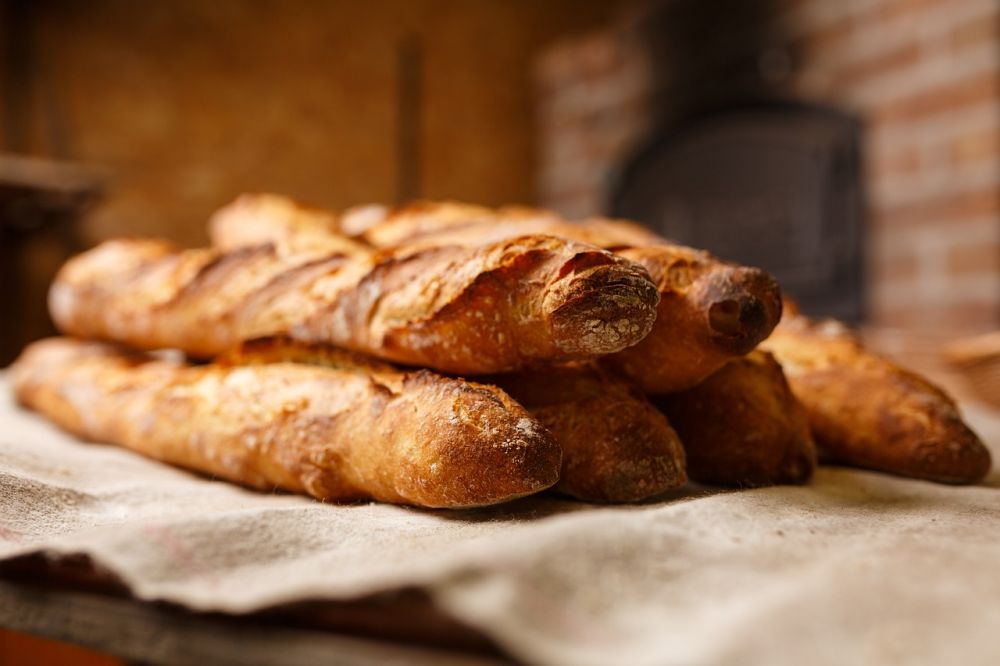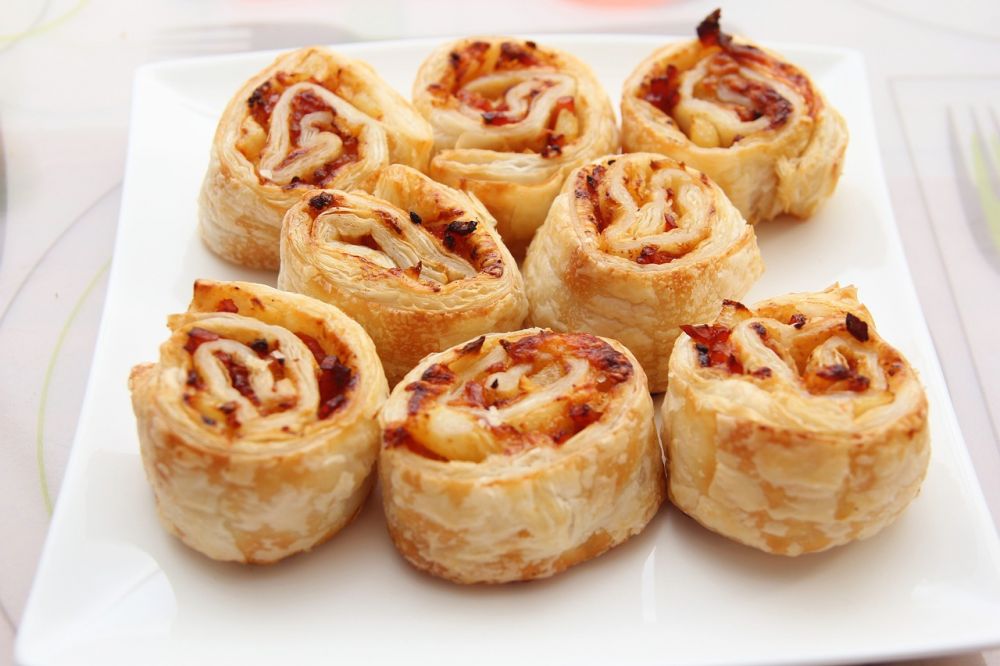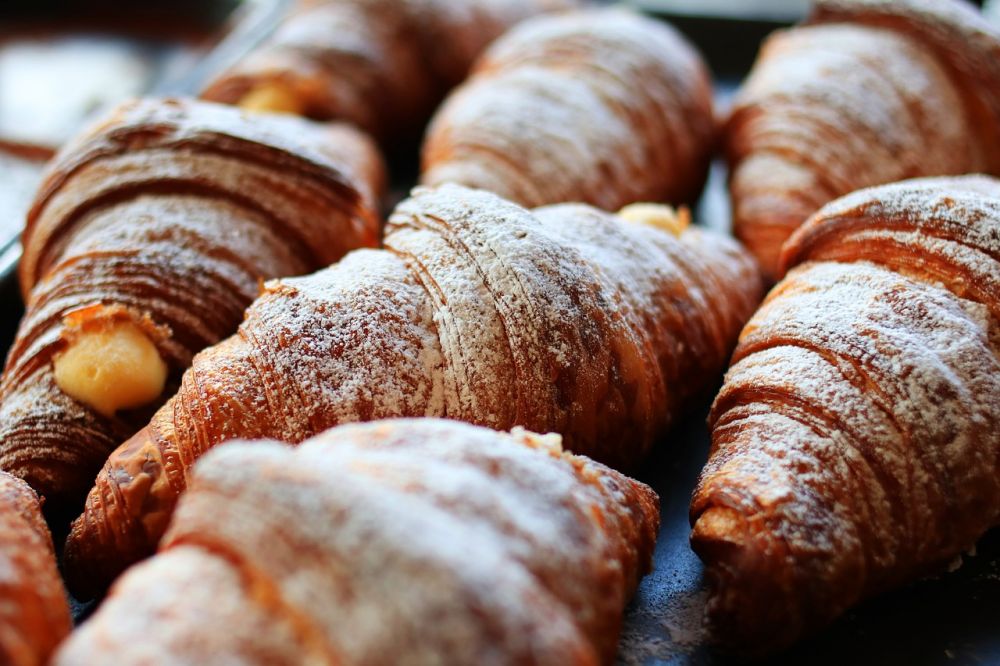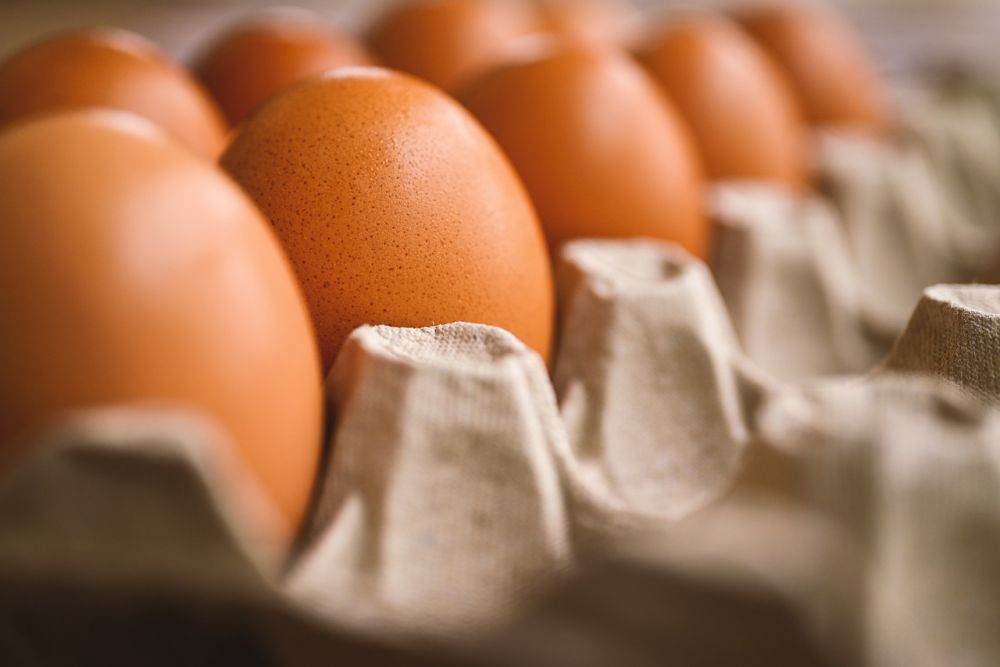[Bake Bread: A Comprehensive Guide to the Art of Baking Bread]
![[Bake Bread: A Comprehensive Guide to the Art of Baking Bread]](https://dinmiddagsmat.no/wp-content/uploads/2023/10/pixabay-2188869.jpeg)
Bake Bread: A Comprehensive Guide to the Art of Baking Bread
Introduction:
Baking bread is an age-old tradition that has been embraced by cultures all over the world for centuries. Whether it’s the comforting aroma that fills the air or the satisfaction of creating something from scratch, baking bread is a culinary experience like no other. In this comprehensive guide, we will explore the art of baking bread, including its various types, popular choices, quantitative measurements, differences between breads, and a historical overview of the pros and cons associated with different baking methods.
Overview of Baking Bread

Baking bread involves a process that combines flour, water, yeast, and often other ingredients to create a dough that is then shaped, risen, and baked to produce a loaf of bread. This simple yet intricate process requires time, patience, and attention to detail.
The Various Types of Bread
There is a multitude of bread types available, each with its own unique characteristics and flavors. Popular choices include:
1. Sourdough bread: Made using naturally occurring wild yeasts, this bread has a tangy flavor and chewy texture.
2. Whole wheat bread: Incorporates the entire wheat grain, resulting in a nutty flavor and a denser texture.
3. French baguette: Known for its crispy crust and soft interior, this bread is a staple in French cuisine.
4. Ciabatta: Originating from Italy, ciabatta has a chewy texture and an irregular shape, perfect for sandwiches.
Quantitative Measurements in Baking Bread
When it comes to baking bread, precise measurements are crucial for consistent results. Key quantitative measurements include:
1. Flour: Measured in cups or grams, the type of flour used can greatly affect the texture and flavor of the bread.
2. Water: The amount of water added determines the hydration level of the dough, which impacts the overall texture and crumb structure.
3. Yeast: The quantity of yeast used affects the fermentation process and the rise of the bread.
Differences Between Various Types of Bread
Breads can vary significantly based on factors such as ingredients, techniques, and cultural influences. Some notable differences between bread types include:
1. Texture: From soft and fluffy to dense and chewy, different types of bread offer unique textural experiences.
2. Flavor: Bread can have various flavor profiles ranging from mild and neutral to bold and robust.
3. Crust: The crust of the bread can range from thin and delicate to thick and crispy, adding a textural element to the overall eating experience.
Historical Overview of the Pros and Cons of Different Baking Methods
Throughout history, different baking methods have emerged, each with its own advantages and disadvantages. Considerations include:
1. Traditional Oven Baking: This method allows for even heat distribution, resulting in well-risen loaves with a desired crust. However, it requires a longer baking time and can be energy-intensive.
2. Wood-fired Oven Baking: Common in artisanal bakeries, wood-fired ovens impart a unique smoky flavor to the bread. However, they require skill and experience to operate effectively.
3. Bread Machines: These convenient appliances automate the bread-making process, making it accessible for home bakers. However, they may produce loaves with a less artisanal quality.
In conclusion, baking bread is a timeless art form that offers a world of possibilities in terms of flavor, texture, and cultural significance. By exploring the different types of bread, understanding quantitative measurements, acknowledging the differences between breads, and considering the pros and cons of various baking methods, one can embark on a delicious journey into the world of bread baking. So, roll up your sleeves, dust off your apron, and let the aroma of fresh bread fill your kitchen as you embrace the art of baking bread.





